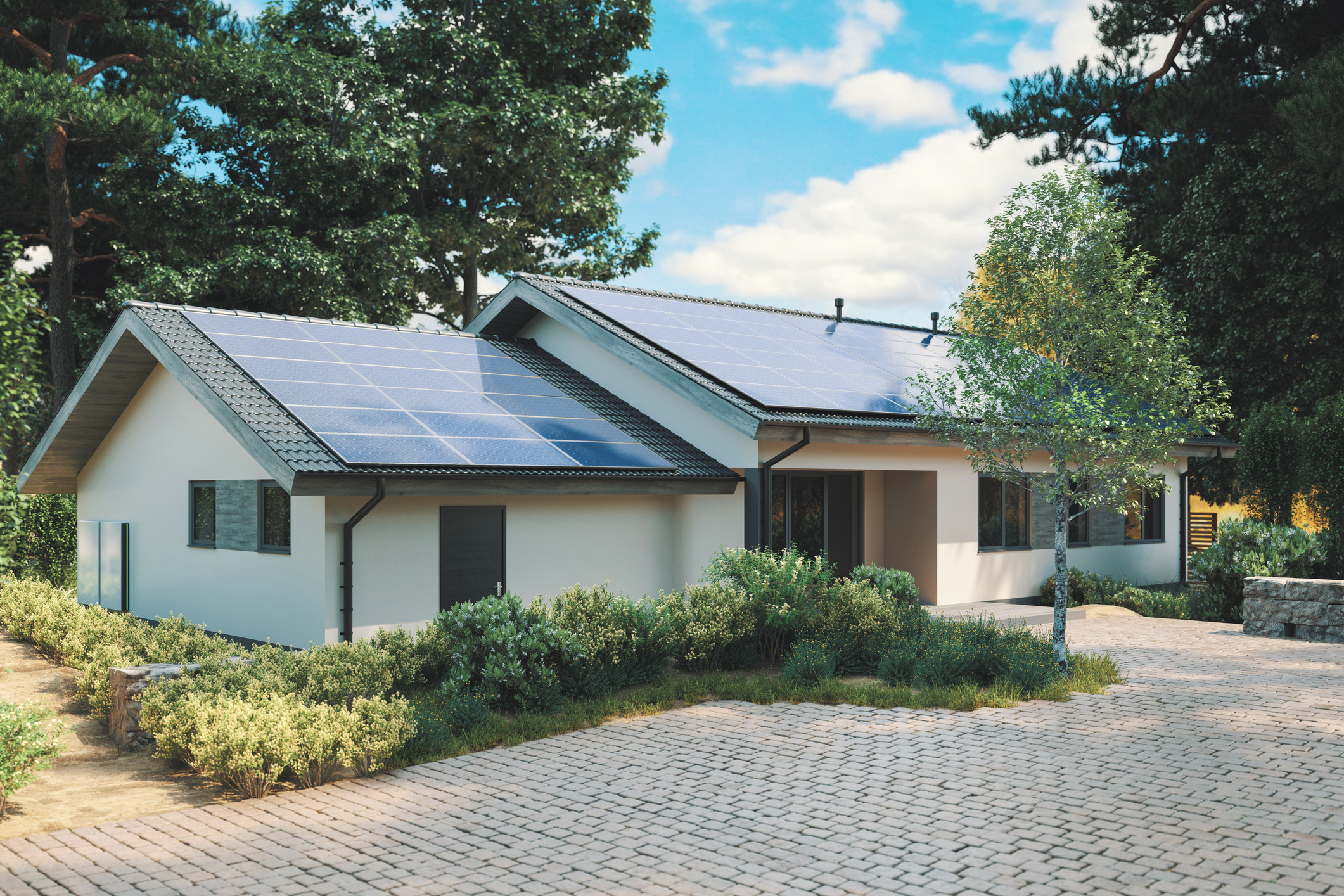The United States has set a goal of 100% clean energy by 2035. To achieve this ambitious and important goal, the work to plan, permit and implement project must begin in local jurisdictions across the country. 2024 is expected to bring unprecedented opportunities for investment in clean energy. Through new programs like direct pay, grant initiatives like EPA Solar for All, and the other many federal incentives pouring into the renewable energy sector from the Inflation Reduction Act and Bipartisan Infrastructure Law.
In many communities updating solar permitting processes is an effective way to make it easier for residents and businesses to deploy solar projects and access federal incentives, ultimately boosting the local economy and creating green job opportunities. When permitting processes are unclear or have unnecessary requirements, they can create barriers to solar projects and/or drive up the costs of these projects.
The National League of Cities can offer free technical assistance to communities that want to improve their solar permitting and become more solar-friendly. Funded by the U.S. Department of Energy, SolSmart, is a no-cost technical assistance and designation program that has helped over 500 communities across the U.S. accelerate the growth of clean, affordable solar energy in their jurisdictions.
Do Your Permitting and Zoning Processes Need an Update?
Outdated and onerous permitting procedures and zoning regulations implemented by local jurisdictions can act as significant barriers, discouraging potential adopters from pursuing solar installations. By streamlining, clarifying and simplifying these processes, local governments can encourage a faster and more widespread adoption of solar technology. Common permitting updates that SolSmart recommends include:
- Implement a more streamlined permitting process for simple, residential rooftop installations. These types of PV systems are quite standard across the industry and can be safely installed with only one permit and one inspection; while other more complicated systems, such as microgrids, can require additional documentation.
- Develop a permitting checklist so solar developers know what to submit and how your local process works. Solsmart has a template you can follow!
- Enact instant, automated permitting for simple rooftop solar systems, using software such as SolarApp+. This can help save staff time from manually reviewing a lot of similar PV systems, especially in jurisdictions that are currently receiving or expect an uptick in residential permit requests.
- Ensure your community has a clear permitting process for accessory ground-mount PV systems. Ground-mounted PV can be a great option for homeowners with older or shaded roofs, larger yards or communities with historic buildings.
- Ensure your permitting and inspection staff are trained on solar! SolSmart offers a variety of recorded training as well as customized workshops.
Zoning ordinances play a role in creating opportunities and barriers for solar installations within a community. Outdated or restrictive zoning regulations can hinder the deployment of solar projects. Local governments should review and amend local ordinances to accommodate the evolving needs of their community, ensuring that zoning supports the growth of solar development in a way that aligns with community goals. Each community that participates in SolSmart gets a comprehensive review of their zoning ordinance and a report that highlights potential barriers and provided specific recommendations for improvement. Common zoning suggestions include:
- Add common solar definitions to zoning ordinance, such as differentiating between roof and solar ground-mount solar, community solar, utility-scale solar, energy storage systems, etc.
- Ensure that rooftop solar is allowed as a permitted accessory or “by right” use.
- Consider allowing reasonable exemptions to height or setback requirements and remove any restrictions about panels being visible from the right-of-way to ensure that solar systems can be oriented optimally.
- Ensure that accessory ground-mount PV systems are permitted in districts where appropriate and that regulations related to setbacks and height are consistent with best practices. SolSmart suggests these accessory ground-mount systems be exempt from impervious surface calculations as long as vegetation is underneath.
- Ensure that large- or utility-scale solar development is appropriately defined, and regulations are in place based on community values, for example, ensuring adequate setbacks, encourage agrivoltaics and requiring decommissioning plans.
If you are interested in receiving direct, one-on-one technical assistance with updating your community’s solar permitting and zoning, request a consultation from SolSmart to learn more.







